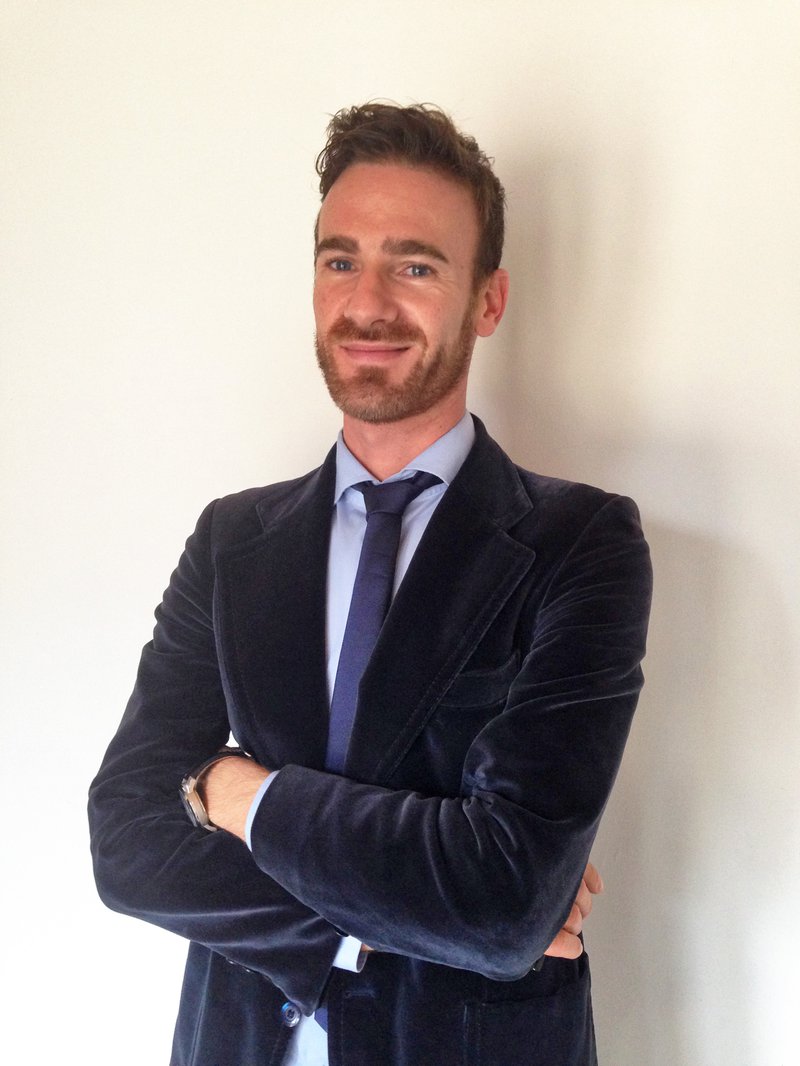Claudio Cravero

A total of 24 modern and contemporary art museum professionals residing in 19 different cities have been awarded support to attend the CIMAM 2019 Annual Conference The 21st Century Art Museum: Is Context Everything? that will be held in Sydney, Australia 15–17 November 2019 hosted jointly by the Museum of Contemporary Art Australia.
Launched in 2005, CIMAM’s Travel Grant Program is designed to foster cooperation and cultural exchange between contemporary art curators and museums directors in emerging and developing economies and their counterparts in other regions of the world.
Claudio Cravero's Conference Report
Review on Sally Tallant’s keynote, Director, The Queens Museum, New York, USA
How a 21st-century art museum should be has been a longstanding question in the museum field since the early 2000s. After almost twenty years of questions and experimental approaches, the context of the century we live in has changed significantly on multiple levels. New cultural geographies have been added to the art map. Also, current political conflicts and the financial and environmental crises were not foreseeable back then.
In this direction, Sally Tallant’s keynote at CIMAM 2019 furthered the inquiries around the role of today’s museums. Tallant’s presentation emphasized how today’s museums are not islands but an archipelago. The geographic metaphor is a compelling way to think of a museum as an island among a large group of islands, namely a network of interrelated museums and galleries. By stressing different traditions and new perspectives, today’s museums should bring the world into contact with the rest of the world, regardless of location. Indeed, museums can connect some of the world’s places to others through physical and virtual partnerships and exchange. Still, the most meaningful connection a museum must create is within its spaces and across its territory. Hence, context is everything.
Porosity and flexibility have, thus, become critical for art institutions to be open, inclusive, and empathic with the communities they refer to. However, what kind of curatorial approach should art professionals consider? What do we want to add to the world around us, and why? What is our mission and our drive as art curators? These are questions to contemplate before we think about any museum models fitting our century.
Drawing on her experience at Serpentine Gallery, London, as the Director of Liverpool Biennial, and as the new Director of the Queens Museum, New York, Sally Tallant subtly replied to the above questions. To Tallant, a situated approach to curatorial practice takes into account both place and context as starting points. Her practice aims at establishing a broad range of connections between artists, people, and places. As Swedish curator and writer Maria Lind mentioned in her e-flux lecture in 2017, a ‘situating the curatorial’ process starts with art rather than theories or arguments, which may enter at a later stage. Hence, exhibition-making works best as a somewhat organic process. A participatory, shared, and community-inclusive approach over the decision-making is very much needed. To fill the gaps and meet the neighborhood’s needs, which might even be resistant to art and museums nearby, are at the very core of today’s strategic cultural planning. For instance, over the last ten years, the Queens Museum has been operating to guarantee residents’ contribution to the programming and maintenance of public spaces, resulting in a new museum model: the Community museum.